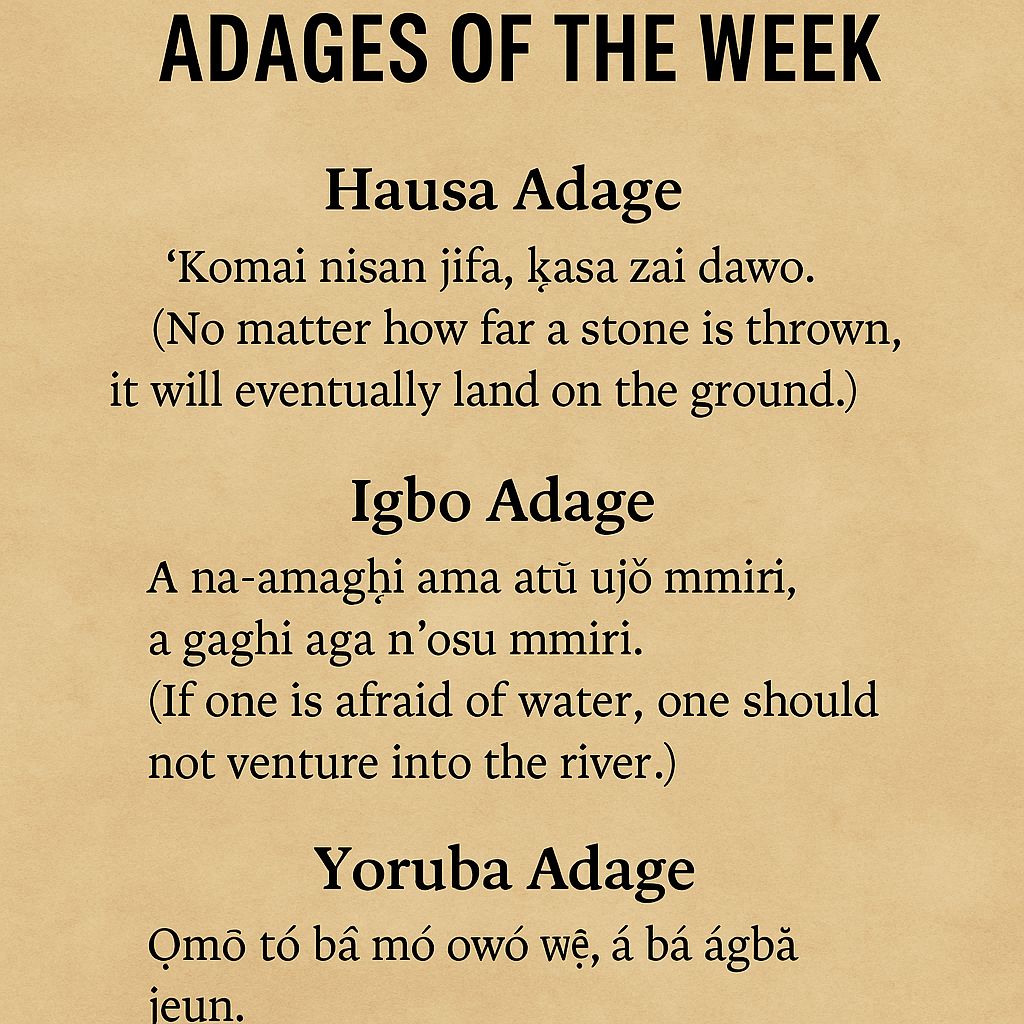Egypt Expands Suez Canal Zone as Africa’s Trade Hub

Why it matters
Few places shape global commerce like the Suez Canal. Now, Egypt is betting big on its Suez Canal Economic Zone (SCZone)—an integrated web of industrial parks, ports, and logistics corridors—to become the continental launchpad for African exports and inbound manufacturing. For African producers from Lagos to Nairobi, the SCZone is evolving from a maritime shortcut into a full supply-chain ecosystem designed to cut costs, speed up delivery, and plug the continent more tightly into Asia–Europe trade.
From Waterway to End-to-End Platform
For more than a century, the Suez Canal has been a maritime fast lane. But shipping lanes alone don’t create jobs or transform economies—value is created where goods are processed. That’s the thesis behind the SCZone: pair world-class ports (Ain Sokhna on the Red Sea, East/West Port Said on the Mediterranean, plus supporting terminals) with plug-and-play industrial districts (utilities, power, warehousing, bonded zones, and customs one-stop shops).
What’s changing now isn’t just infrastructure; it’s scope:
– Industrial clustering: Components and finished goods can be assembled in-zone—textiles, automotive sub-assemblies, packaging, fertilizers, electronics, and renewable-energy equipment—then shipped directly to Europe, the Gulf, or back into Africa under AfCFTA rules.
– Free-zone style incentives: Streamlined customs, duty deferral, and export rebates aim to reduce friction that has long dogged African manufacturers.
– Services stack: Ship repair, bunkering, cold-chain, and value-added logistics (kitting, labeling, light assembly) are being built into the zone so cargo spends less time idle and more time moving.
Chrome perspective: Turning a canal into a platform is the real strategic shift. Africa’s trade challenge isn’t only about ships and rails; it’s about time, predictability, and final-mile compliance (labels, standards, certificates). The SCZone’s promise is to compress all three.
The AfCFTA Angle: Egypt as a Northern Gateway
The African Continental Free Trade Area (AfCFTA) is gradually reducing tariffs and harmonizing standards across member states. Egypt’s location and SCZone investment let it play two roles at once:
1. Gateway North: African exports processed or consolidated in the SCZone can reach EU and Mediterranean markets with fewer trans-shipments and tighter delivery windows.
2. Gateway South: Asian and European inputs can be landed, transformed, and re-exported into Africa under AfCFTA preferences—supporting regional value chains in autos, agro-processing, textiles, and fast-moving consumer goods.
For Nigerian producers, that translates into pragmatic options: ship cocoa butter, sesame, or petrochemical intermediates to Ain Sokhna for blending, packaging, or labeling; then deliver finished goods to Italy, Greece, or Spain on short hauls. East African exporters (tea, coffee, flowers, avocados) can use SCZone cold-chain hubs to consolidate and re-route perishables during peak seasons, reducing spoilage and penalties.
Who’s Investing—and Why
The SCZone courts a diverse mix: Gulf sovereign investors, European logistics giants, Asian manufacturers, and African conglomerates. Their motivations differ:
– Manufacturers want shorter lead times into Europe and MENA and hedges against single-country risk in Asia.
– Logistics providers want to control chokepoint capacity and offer end-to-end contracts that include assembly, customs, and distribution.
– Energy players see a beachhead for green fuels (ammonia, methanol, hydrogen) plus bunkering services for the next generation of vessels.
For African firms, co-locating near these players means supplier development opportunities: packaging suppliers, plastics converters, corrugators, label printers, and maintenance services can spring up around anchor tenants, pulling SMEs into export-grade standards.
Green Corridor: Energy Transition Meets Trade
One of the most intriguing layers of the expansion is green industrialization:
– Renewables & green fuels: Large tracts around Ain Sokhna are earmarked for solar/wind-powered electrolysis and green-ammonia projects, anticipating global shipping’s decarbonization.
– Sustainable logistics: Cold-chain warehouses targeting energy-efficient refrigeration; shore-power pilots to cut port emissions; digitized yard management to reduce truck idling.
Why this matters to Africa: Standards. As the EU rolls out carbon-border measures and stricter traceability rules, exporters will need low-carbon logistics evidence. SCZone’s green infrastructure could give African goods a compliance edge in climate-sensitive markets.
Country Snapshots
Nigeria
– Agro-processing: Sesame, cashew, cocoa derivatives can be cleaned, graded, pressed, or fractionated in Nigeria, then sent to the SCZone for final packaging, EU-labeling, and distribution.
– Chemicals & plastics: Polypropylene/ polyethylene inputs can move north for conversion into packaging that meets EU specs.
– Oil-field & maritime services: Nigerian marine service firms can bid into Suez support contracts, scaling skills that can be repatriated to Lagos/PHC.
Kenya & Ethiopia
– Horticulture: Flowers, avocados, berries—use SCZone cold-chain as a buffer during capacity crunches in European hubs, slashing spoilage risk.
– Textiles & apparel: Combine East African fabric with trims and finishing in SCZone to meet rules of origin and speed to market.
South Africa
– Automotive components: Just-in-time sub-assemblies routed via Suez to EU OEMs; option to stage kits in SCZone to de-risk port congestion.
– Wine & citrus: Seasonal consolidation and labeling for diversified Mediterranean entry points.
Risks and Frictions to Watch
– Geopolitical volatility: Tensions in the Red Sea / Eastern Med and global rerouting events can change transit economics overnight. Build contingency routings and buffer inventory.
– Execution capacity: Mega-zones thrive or falter on the mundane: customs staffing, power reliability, truck gates, IT uptime. Due diligence on service-level agreements and time-in-terminal metrics is essential.
– Rules of origin & compliance: To claim tariff preferences, manufacturers must document input sources and transformation thresholds. Invest in traceability systems and digital documentation.
– Working-capital pressure: Faster cycles sometimes mean earlier cash outlays. Align trade-finance lines with new routings.
Playbook: How African Firms Can Plug In (Next 90–180 Days)
1. Map your SKUs to SCZone value-add.
2. Pilot a “two-stop export.”
3. Lock in green-logistics points.
4. Co-locate with anchor tenants.
5. Finance the flow.
Looking Ahead: From Canal to Continental Catalyst
Africa’s growth story hinges on reliable pathways from farm and factory to global shelves. The Suez Canal will remain a strategic artery, but the SCZone’s evolution into an integrated manufacturing-logistics platform is what could move the needle for African competitiveness.
If African companies use the zone to finish, certify, and deliver with precision—while governments harmonize standards under AfCFTA—then the continent can move from the edges of supply chains into their center.
Bottom line: Egypt’s SCZone isn’t just Egypt’s play. It’s a continental asset in the making—one that Nigerian agro-processors, Kenyan floriculturists, South African auto suppliers, and West African consumer-goods makers can use to get faster, cleaner, and closer to the customer.








